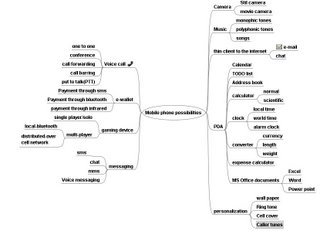Leveraging India As India Stands Up
| Google TechTalks May 25, 2006 Ashok Jhunjhunwala Prof. Ashok Jhunjhunwala is Professor of the Department of Electrical Engineering, Indian Institute of Technology, Chennai, India and was department Chair till recently. He received his B.Tech degree from IIT, Kanpur, and his MS and PhD degrees from the University of Maine. From 1979 to 1981, he was with Washington State University as Assistant Professor. Since 1981, he has been teaching at IIT, Madras. ABSTRACT Dr Ashok Jhunjhunwala has significant expertise in incubating technology to make a difference for the masses in India. Dr. Jhunjhunwala leads the Telecommunications and Computer Networks group (TeNeT) at Indian Institute of Technology (IIT) Madras. This group is closely working with industry in the development of a number of Telecommunications and Computer Network Systems. TeNeT group has incubated a number of technology companies which work in partnership with TeNeT group to develop world class Telecom Access products. The group has also incubated a company which aims to install and operate telephone and Internet in every village in India. Come here what he as to share from his vast experiences in this field. ----------------------------------------------------------------------------- My comments... This is an excellent talk showcasing some of the recent developments in India. Particularly I like Dr. Jhunhunwala's comment that India is a huge market, BUT at the right price. He goes on to describe, how we have tailored some of the solutions to the west to meet the demands and the price points that would work in India. In the process, we have creates a market for these solutions at the most competitive rates in the world and still end up making a decent profit. This obviously opens up the world market for us. The other thing that I liked very much is the passion and pride with with Dr. Jhunjunwala speaks about some of the very interesting work being done out of India.Very inspiring. | |

